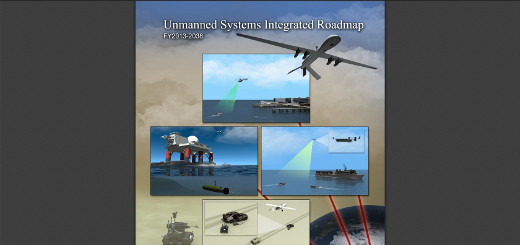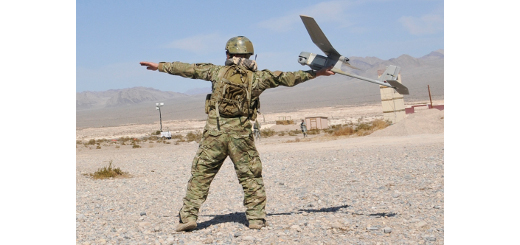Lockheed Martin shows off integrated UAV control system
The U.S. military has increasingly turned to unmanned systems in recent years, which is naturally reflected by a larger and larger portion of total military spending going toward acquiring the systems. However, following the U.S. fiscal crisis, the Department of Defense has made it a priority to rein in these costs where it can. One way it has identified to do this is through increased standardization and common platforms that will work with multiple unmanned systems, a strategy it outlines in its “Unmanned Systems Integrated Roadmap FY2011-2036.” The department’s goals are reduced training costs, better availability, and efficiencies of scale and technology reuse.
An example of this philosophy in action can be seen in a recent demonstration by Lockheed Martin at the Naval Air Systems Command. During the demonstration, Lockheed monitored and controlled multiple types of unmanned aerial systems from one integrated command and control, or C2, system. The demonstration was done to support the Navy’s Unmanned Carrier Launched Airborne Surveillance and Strike System (UCLASS) and Common Control System programs.
Lockheed says its system fully integrated with other Navy C2 and intelligence, surveillance and reconnaissance (ISR) planning and execution systems, giving operators a single comprehensive mission picture. It used an open architecture framework integrated with DreamHammer’s Ballista — a common control software made for simultaneous control of multiple unmanned vehicles — and Navy compliant software protocols.
“This demonstration is an important step to fulfilling the Navy’s requirement for a Common Control System that leverages multiple architectures from varied operational systems,” Rob Weiss, executive vice president of Advanced Strike and Intelligence and Reconnaissance Systems for Lockheed Martin Aeronautics, said in a statement. “A combined C2 and ISR capability will be essential as the Navy integrates UAS, beginning with UCLASS, into its ISR enterprise. We believe in their vision and this demonstration is an example of our work to reduce risk and make the Common Control System a reality.”
DreamHammer, which had revenues of $6 million in 2012, has been licensing its software to U.S. military and intelligence customers since August 2011. However, in an interesting development, it announced a “pre-general release” in May that makes the software available to select commercial robot manufacturers and developers. (Previous releases that were only available to U.S. military and intelligence customers were alpha and beta releases.) In doing so, it brings the concept of a single common control system beyond just military uses and into transportation, logistics, agriculture, law enforcement and other emerging UAV markets.
[ photo courtesy of Lockheed Martin ]



